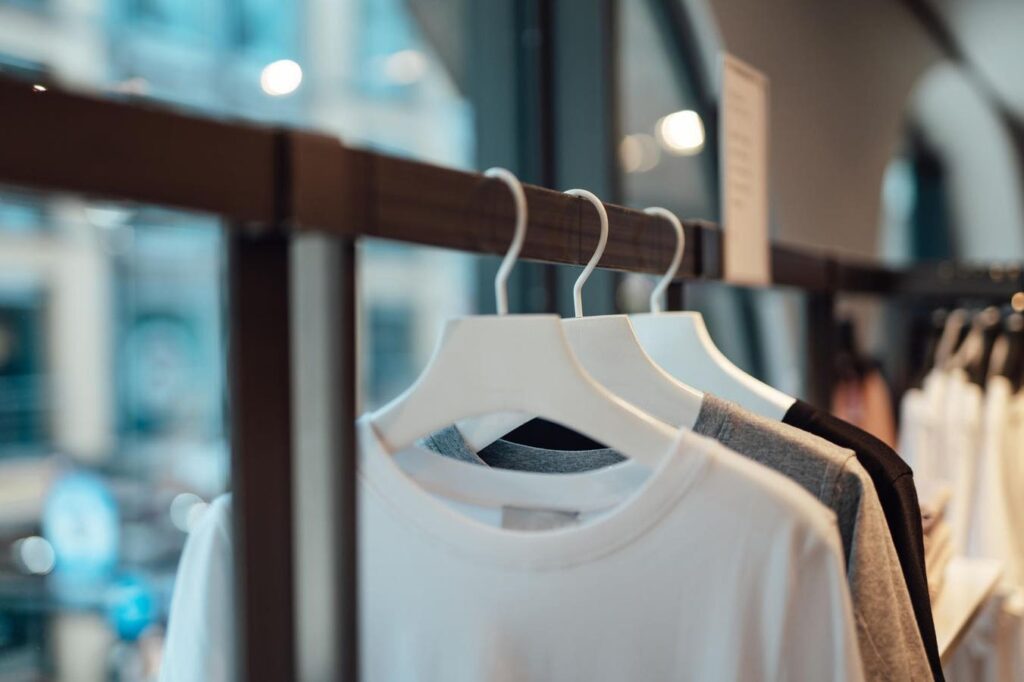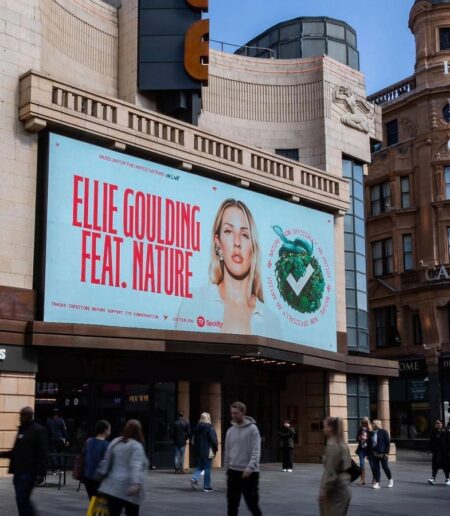Hugo Kimber is the CEO and founder of Carbon Responsible, a company working on carbon measurement and reduction strategy.
Whether it’s in creating a circular revenue stream or lifelong advocate customers, durable, high-value fashion is good for companies’ margins and emissions. At my company, we are passionate about exploring the intrinsic link between sustainable business models to drive commercial success and, most importantly, lower carbon emissions.
The world of fashion has long been defined by relentless cycles of trends, speed and disposable clothing. The advent of fast fashion has entrenched a culture of cheap garments with fleeting lifespans, placing affordability over durability. But this model comes with a steep environmental price, as we’ve seen firsthand at my company when mapping out business impact. The fashion industry accounts for around 10% of global greenhouse gas (GHG) emissions, alongside colossal water consumption and textile waste.
Yet a shift is underway—one that benefits both the planet and the bottom line. A growing number of brands we work with are discovering that prioritizing higher-quality, longer-lasting garments is not just an ethical imperative but a financially sound strategy. From premium pricing to stronger customer loyalty and reduced environmental impact, embracing longevity is a win-win for fashion businesses and consumers alike.
The Environmental Case For Longer-Lasting Fashion
My company’s data shows that much of fashion’s environmental burden stems from material production, manufacturing, freight, distribution and disposal. For this body of research, we looked into 49 retailers in the U.K., focusing on their reports in 2020, 2022 and 2024. Of the 49 companies, seven were not expected to report data due to their revenue being under £35 million. Four companies were not expected to report as they had gone into administration, and five companies are owned by parent companies and are not reporting their individual emissions. There were 16 companies that didn’t have publicly disclosed 2024 data when expected.
We found that the bulk of a garment’s carbon footprint is generated in its early life cycle—spanning raw material extraction, fiber production and assembly. Short-lived clothing exacerbates this impact, with vast resources continuously needed to replenish consumers’ wardrobes.
Extending a garment’s lifespan is one of the most effective ways to curb fashion’s carbon footprint. Research by WRAP (Waste and Resources Action Programme) suggests that prolonging a garment’s life by just nine months can cut its carbon, water and waste footprint by up to 30%. Simply put, well-made, durable clothing is inherently less polluting.
Moreover, the ascent of circular fashion models, including resale, repair and rental services, hinges on garments that can endure multiple wearers and extended use. Brands that invest in durability not only contribute to reducing waste but also future-proof their products for a growing secondary market.
The Financial Case: Higher Margins, Greater Loyalty
For decades, fast fashion has depended on a high-volume, low-margin approach. But quality-focused brands are now demonstrating that investing in longevity can be just as lucrative—if not more so.
1. Premium Pricing And Increased Margins
Many consumers are willing to pay more for durability. Brands that champion high-quality craftsmanship can justify higher price points and stronger profit margins. This strategy not only differentiates them in a crowded market but also helps counteract rising production costs.
I think Patagonia’s Worn Wear program exemplifies this approach, reinforcing the brand’s reputation for longevity while fostering deeper consumer trust. Well-constructed garments that stand the test of time command loyalty and, crucially, repeated customers.
2. Customer Retention And Brand Loyalty
Sustainability has become a major concern for some shoppers. By producing durable garments, brands can cultivate trust and loyalty. If a consumer is confident that a brand delivers quality, they are more likely to return for future purchases and recommend the brand to others—reducing acquisition costs and boosting long-term revenue.
3. Circular Revenue Streams
The rise of resale and repair services has given brands new ways to extend the value of their products. Companies such as Eileen Fisher and Levi’s have successfully integrated secondhand sales into their business models, creating additional income streams while reducing waste.
In the U.K., companies such as BAM Clothing and Positive Retail are also focusing on resale and repair, showing that prioritizing longevity can drive repeat revenue through pre-loved fashion and maintenance services. (Disclosure: BAM Clothing and Positive Retail spoke at an event hosted by my company.)
How Companies Can Start Shifting Consumer Perceptions
For longevity to become the industry norm, consumer habits must shift from fast and disposable to slow and considered. Encouraging people to invest in fewer, better-quality pieces requires companies to:
• Be transparent: Provide clear information on garment construction, materials and ethical production.
• Educate customers: Highlight the cost-per-wear benefits of durable clothing—spending more on a well-made piece that lasts five years is usually better value than buying a cheap alternative every season.
• Prioritize timeless design: Create classic, well-constructed garments that outlive trends and maintain relevance for years.
• Engage with circularity: Facilitate resale, repair and take-back schemes to keep products in circulation longer.
A Sustainable Future For Fashion
The fashion industry faces a stark choice. The unchecked expansion of fast fashion has led to unsustainable levels of waste and emissions. But the alternative—a shift toward quality, longevity and circularity—offers both environmental and economic rewards.
Forward-thinking brands that invest in high-quality, longer-lasting clothing can not only reduce their environmental impact but also position themselves as leaders in a changing marketplace. This is no longer just an ethical question; it’s an economic one. I think the future of fashion will belong to those who embrace longevity, durability and innovation.
Forbes Business Council is the foremost growth and networking organization for business owners and leaders. Do I qualify?
Read the full article here











